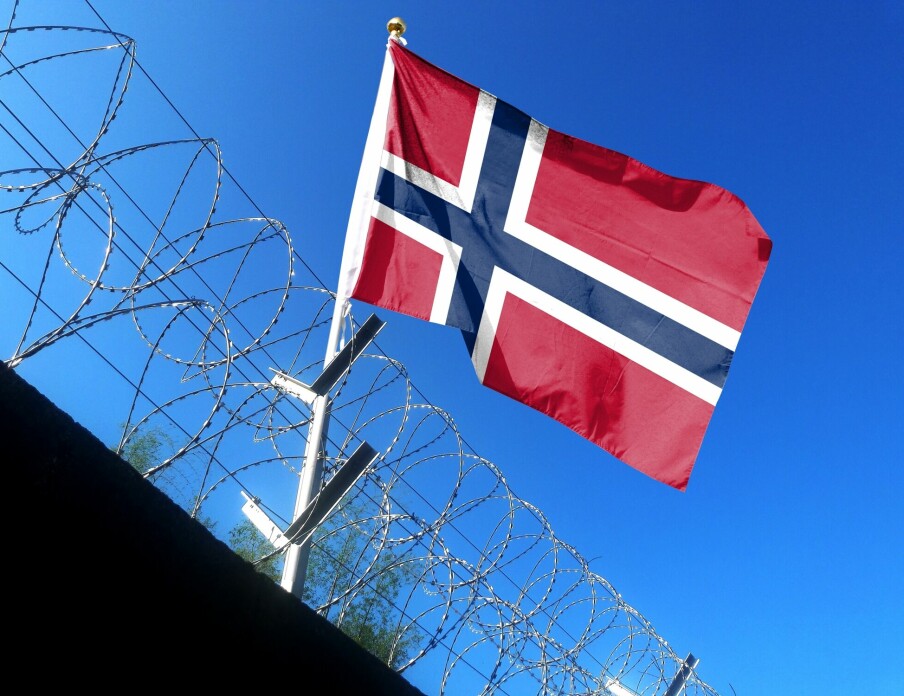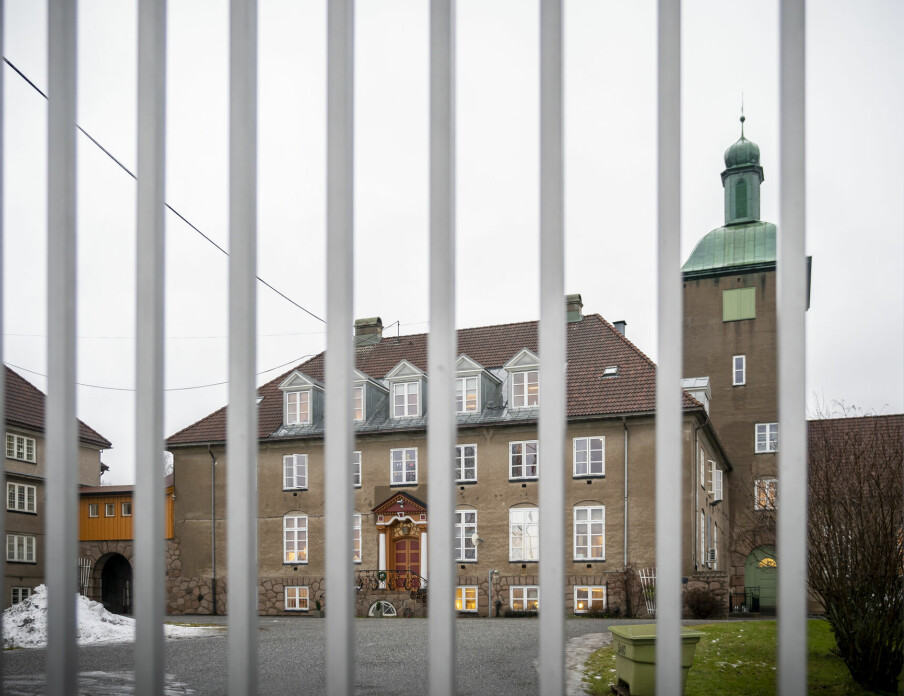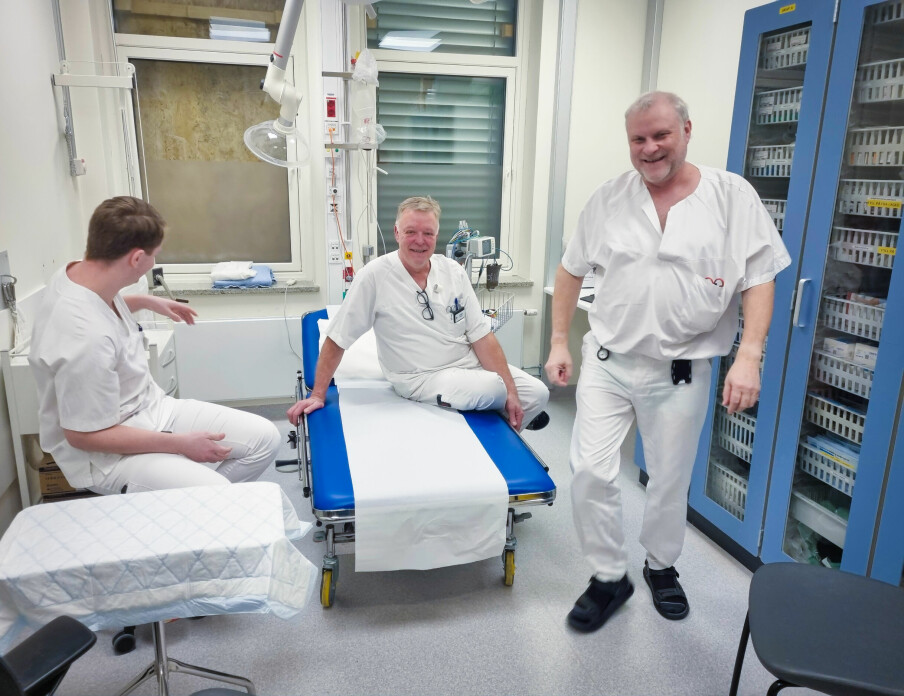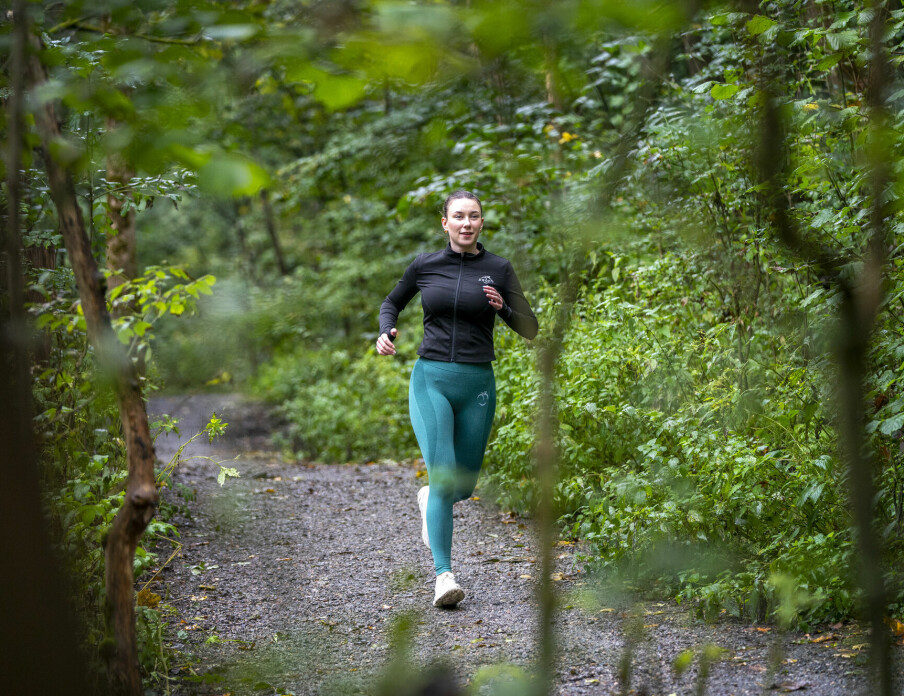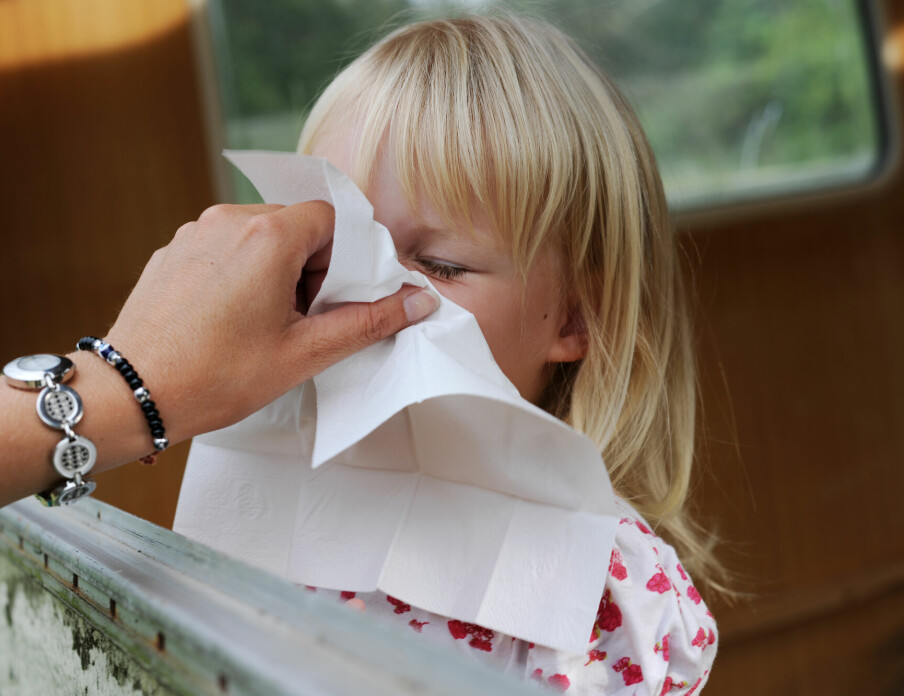Share your science:
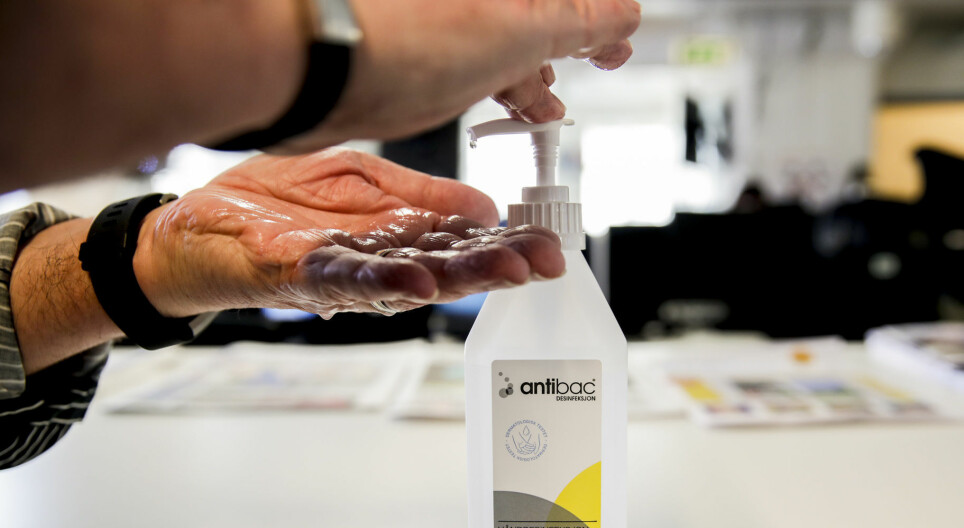
The first Covid-19 cases took infection prevention advice less seriously
SHARE YOUR SCIENCE: What are the differences between those who were first infected with COVID-19 and the rest of the population? If they had less respect for the virus or were less careful with limiting contagion, this may give us a clue as to how we should fight pandemics.
When the coronavirus first came to Norway in March 2020, most of us knew little about the virus.
We had heard about outbreaks abroad, but there was little knowledge about how the virus was transmitted, how serious the disease was, how widespread the pandemic would be, or to what extent it would affect our daily lives.
Looking for differences in risk perception
In psychology, we often assume that viewing the disease as a threat will motivate us to take precautions to avoid getting sick or infect other people. It is therefore interesting to look at how those who were infected in the beginning of the pandemic thought about risk and infection control.
During March 2020, 5 107 people were registered as infected with the coronavirus in Norway. Some of the patients who were first infected in Western Norway participated in a follow-up study of medical aspects of the disease at the end of September. 88 of these were also willing to answer some questions about how they thought about the pandemic in the time before and after they became infected. These patients reported that they had been infected during the month of March and said that they had been ill for between two and 92 days, which gives a median of 15 days.
It is of course difficult for us to recall our thoughts several months ago, especially when so much has happened in the meantime. To balance this, we included a control group of patients who were in the emergency room for other reasons. They answered the same questions about their thoughts on the coronavirus situation before Norway’s lockdown in March. If there are differences in risk perception, behavior and compliance between those who have and have not been infected, this may inform us about factors that determine the spread of infection.
Where were they exposed to infection?
From the coverage in Norwegian news media, we get the impression that those who were first infected were people who had been on skiing holidays in the Alps. Around half of the infected in our study said they had been abroad by early March 2020. That was more than twice as many as those who had not been infected.
Work, studies, or commuting were the types of situations where most people thought they could have been exposed to the virus. Both among those who have and have not been infected, around three quarters (72 and 75 per cent) thought that they could have been exposed to infection daily or more often in such everyday situations.
Furthermore, more than half thought that they had been exposed to potential infection at least daily in social situations such as in shops, restaurants and nightclubs. This was somewhat more common among those who had been infected (60 per cent) than those who had not been infected (53 per cent).
Less than a third of those who had been infected (28 per cent) thought they had been exposed to infection daily from someone who had symptoms of a Covid-19 infection. This is more than twice as often as those who have not been infected (12 per cent). This may partly be due to infection spreading in families or cohabitations.
We thus see similar overall pictures both among those who have and those who have not been infected. Both groups see daily life and everyday situations as their most frequent exposure to infection, rather than “self-chosen” social situations. However, those who were infected believe they had been more exposed in social situations, from daily contact with infected people as well as having travelled more abroad.
Poorer infection control amongst early cases
Among both those who had and had not been infected, a majority (64 per cent) answered that they in early March had viewed the probability of being infected as being “low” or “very low”. The answers to these and similar questions show little difference between those who have and have not been infected in their recollection of how they viewed the risk of infection.
But if we compare with how the population responded to a survey that was conducted at the end of March (see previous article in Norwegian on Forskning.no), we can see that the population considered the risk to be greater at that time in March than when they were thinking back to March in the current study. This may indicate that we underestimate how serious we considered the risk to be when we try to think back. It is not straightforward to say whether such memories are affected differently in those who have been ill in the meantime, so it is difficult to answer whether a lower risk assessment made it more likely to become infected.
When asked how careful they had been in their behavior before becoming infected, a considerable portion (22 per cent) answered that they had "rarely", "almost never" or "never" followed the various infection prevention advice. Less than half of those who had not been infected responded the same (10 per cent).
Lessons from the first infected
To more detailed questions, we observe that the largest differences can be found in how many people participated in social situations with strangers (25 per cent against 10 per cent), were not careful with physical distance (10 per cent against 3 per cent), and did not work from home when they had opportunity to do so (62 per cent against 56 per cent).
Some of the differences in precautionary behavior may be because when some of these patients became infected, there was less knowledge about the coronavirus, and that the infection control advice were to a lesser extent known or used. But if we only look at those who became ill after the lockdown began on March 12, we see that there are still twice as many (20 per cent) among these respondents who say that they rarely followed the infection control advice. Some of the differences may also indicate that those who have been infected try to explain why this happened to them with some hindsight.
The differences between the groups indicate that those who ended up being infected with the coronavirus to a lesser extent took the same precautions as others in society. This may indicate that public health communication should focus on informing about the effectiveness of the coronavirus measures, and to motivate the population to follow them. Since it does not appear that those infected with the virus saw the pandemic as less of a threat, it does not appear to be a need to emphasize the dangers of a growing pandemic.
Previously infected take the coronavirus seriously
In an open-ended question, almost half (47 per cent) answered that they still have at least one persistent symptom after the acute period of illness. Fatigue, altered sense of taste and smell, and difficulty breathing are the most common ailments. It is difficult to assess from our study how serious or lasting these ailments will be, but we should remember that these patients did not feel that they were fully recovered when they answered the questions 7 months after catching Covid-19.
We also see that both those who have and those who have not been infected with the coronavirus say that the pandemic has given them a lot of worry (44 per cent), stress (42 per cent) and fear (25 per cent) in their daily lives. This proportion is somewhat lower in those who have been infected, perhaps because they have less reason to believe that they can become ill again.
Almost half of those who have been infected answer that they have the impression that the virus is not taken seriously enough by most people in Norway. A third of those who have not been infected think the same. The thoughts of those who have felt the impact of the disease can be taken in support of more intrusive measures against the pandemic.
———
Read the Norwegian version of this article on forskersonen.no
Share your science or have an opinion in the Researchers' zone
The ScienceNorway Researchers' zone consists of opinions, blogs and popular science pieces written by researchers and scientists from or based in Norway.
Want to contribute? Send us an email!














